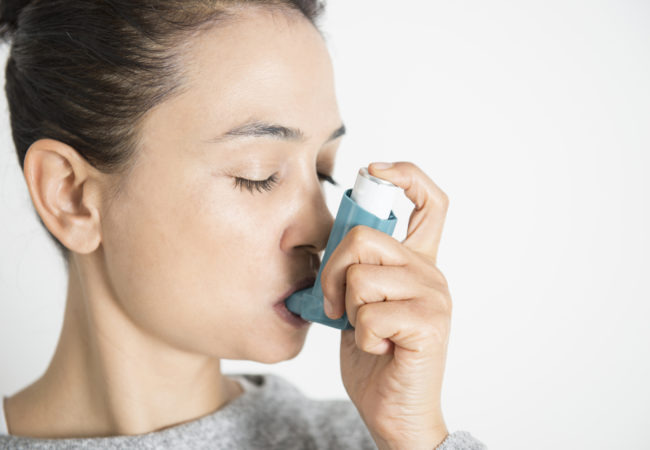Nowadays, it seems like everything in our day-to-day lives can cause cancer. Cancer stories are never too faraway from headlines, but that is mostly because people can easily make claims on the internet without providing justification or any proof. Unfortunately, this news spread like wildfire and pass among friends and acquaintances through social media. Here, we expose some of the common myths and why you should stop believing them.

Cancer is one disease
No, it’s not. In fact, there are hundreds of cancer types. Each cancer has unique molecular signature and distinctive clinical explanation. For instance, in neuro-oncology alone, there are 120 identified subtypes.
Cancer just happens and there’s nothing you can do to prevent it
About 50 percent of all sorts of cancers can be prevented by living a healthy lifestyle—proper diet, regular exercise and avoidance from toxins. Even just a 30-minute walk every day to keep you physically active. For your diet, avoid excessive sugar intake and processed foods, and include a lot of fruits and vegetables in your meal.
When a family member has/had cancer, you are doomed to get it, too

While it is true that cancer can be genetic, it doesn’t mean that you are bound to get it, too. There are many intricate pathways in our cells and metabolism that can turn our genes on or off. It is a field called epigenetics, where external influences can alter your genes behavior. If you’re living a healthy lifestyle, you encourage your cells to be healthy, too.
Getting surgery only spreads the cancer
Cancer cells spread through the lymphatic system or the bloodstream. Surgery is done for the purpose of the removal of the cancer. Doing it does not increase the disease’s potential to spread.
Having cancer means having fragile health

Exercise almost always have positive effects versus other scientific treatments. It is a type of physical therapy that can benefit multiple systems in the body, and may even permanently alter the environment of the tumor. But of course, it is still best to check with your healthcare professionals for the ideal exercises you can perform.
People with darker skin don’t get skin cancer
Fair skin may boost your odds of developing melanoma and other types of skin cancer. However, no skin color grants an immunity from the disease, especially if you fail to take preventive measures. Dark-skinned individuals and sometimes even doctors can miss early warning signs of skin cancer, which can appear in commonly overlooked areas of the body, such as on the palms, under the nails, soles of the feet, genitals and eyelids, As a result, they are diagnosed at a later stage.

There’s nothing wrong with being careful, but believing the wrong things that hinder you from doing the right decisions for your health may not be beneficial in the long run.






























